How to eat fish with a clear conscience: What to buy and what to avoid

Providence chef Michael Cimarusti offers recommendations on what seafood to eat and which are not sustainable.
- Share via
There are plenty of popular seafood items on menus across the country that just aren’t sustainable right now, which means they’re either overfished or they’re caught or farmed in ways that harm the environment or other marine life. Yet we continue to eat them.
Ignorance may be bliss, but knowing what fish you can eat with a good conscience versus what’s on the brink of extinction is key to helping both the environment and species that are on the “red list” — or those to avoid.
It starts with seafood eaters doing their part. Educate yourself, make good decisions and encourage others to do the same. Start with this guide from chef Michael Cimarusti, chef-owner of Providence and Connie and Ted’s, two of the best seafood restaurants in Los Angeles.
Blue fin tuna ‘is definitely a fish we should avoid’
Let’s start with a big one — the one Cimarusti called “the poster child” for a fish that’s widely available and yet completely unsustainable.
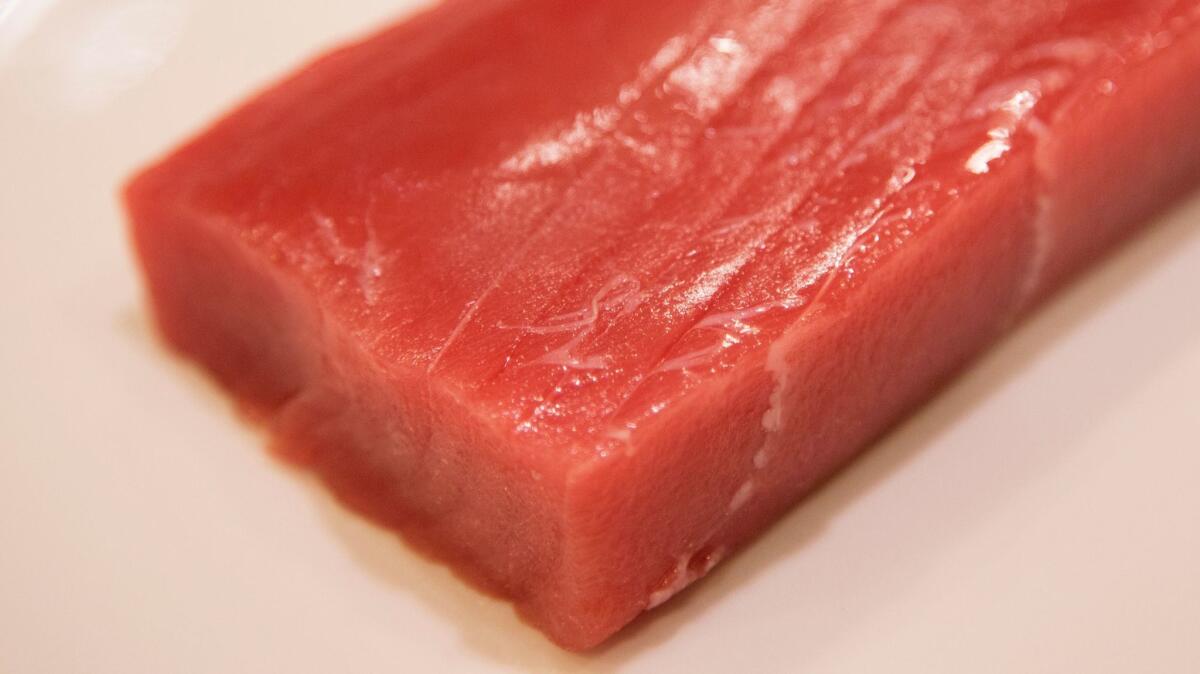
Bluefin is in almost every fine sushi restaurant and Japanese market that you see — but the fish is on the brink of collapse.
“For every 100 bluefin that once swam in the Pacific, there are now 3.6 fish left,” Cimarusti said. “And they are still being harvested.”
But all’s not lost for tuna lovers: There are other, more sustainable options such as yellowfin, bigeye, albacore, blackfin and bonito.
“The answer is not to never eat tuna again,” Cimarusti said. “The answer is to focus on other species.”
Farm-raised salmon: Also unsustainable
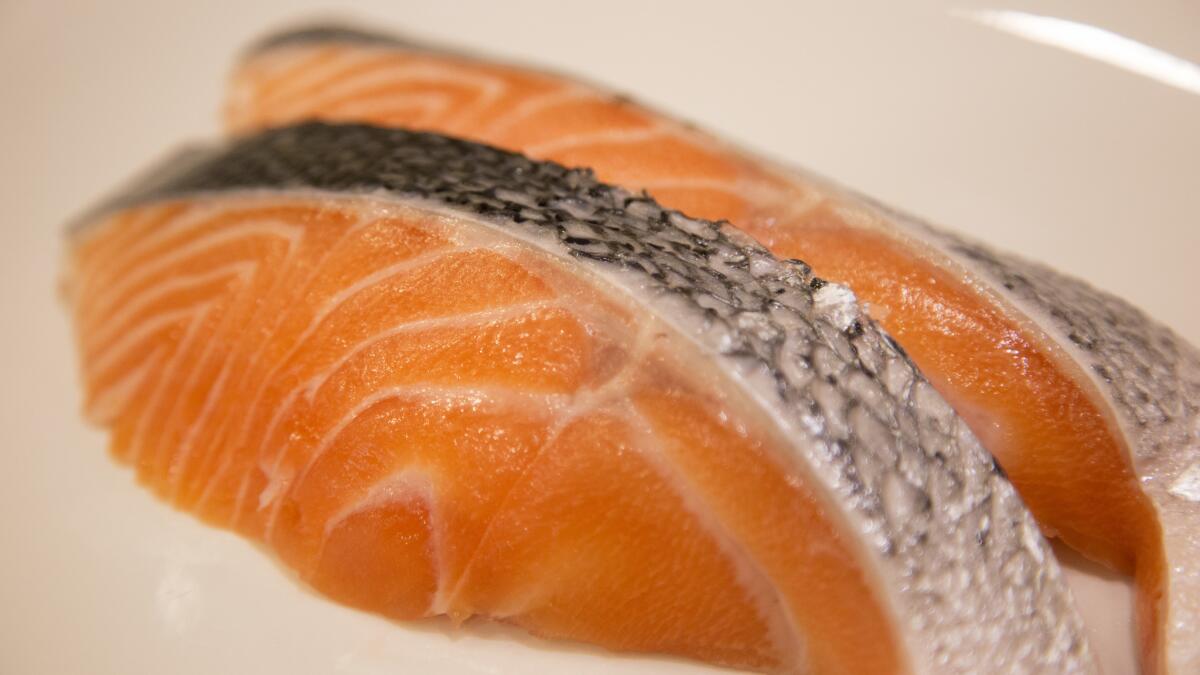
Wild Atlantic salmon were “basically fished to the brink of extinction,” so the seafood industry turned to farm-raising them, Cimarusti said.
Now farm-raised salmon is everywhere, from your local grocery store to fine restaurants to convenience stores. But that comes with an environmental cost.
“The biggest problem you have is density. You have these small pens and mass numbers of fish that are being fed with a protein source that is foreign to the environment,” Cimarusti said. “And when you have that many animals in a small area, the waste becomes a tremendous issue.”
Plus, the farm-raised stuff just isn’t as flavorful. You can’t expect it to taste “anything like the wild fish, the way it should taste,” Cimarusti said.
King salmon: Go for it
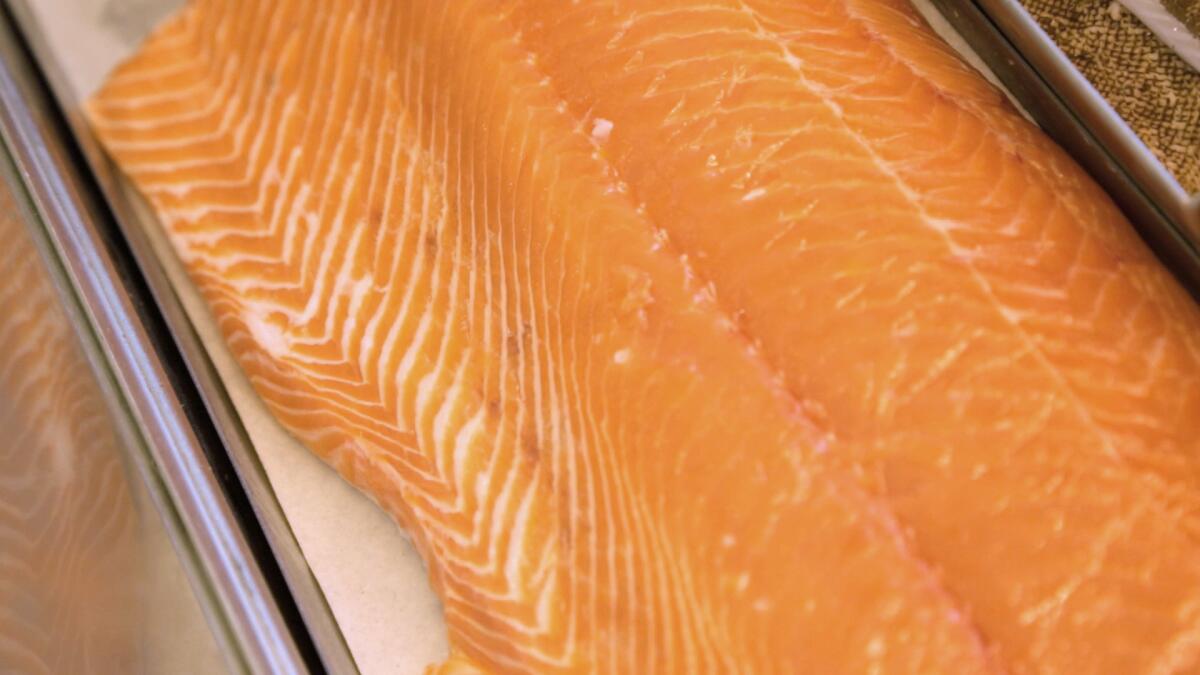
The good news is that there are other species of salmon (king, sockeye, pink, chum) – and sustainable farms do exist.
“I really don’t want to say that if you can’t find wild salmon, don’t eat salmon at all,” Cimarusti said. “But just eat the right farm-raised salmon.”
Check the Monterey Bay Aquarium’s Seafood Watch list to see which farms make the cut. They also have extensive guides to sustainable versus unsustainable seafood options that Cimarusti enthusiastically endorsed.
“When they come out with a rating on any given species of fish, it can be trusted,” he said. “They’re on the side of the ocean, period.”
Wild striped bass: Yes
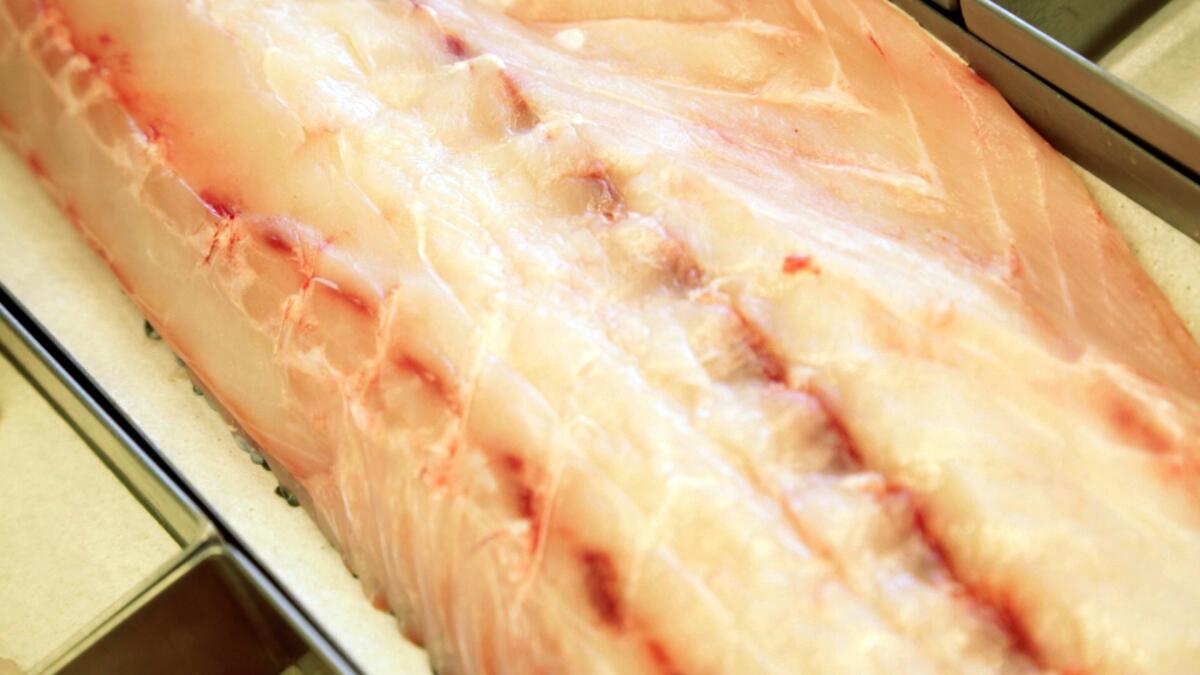
This iconic fish is a success story. In the ‘80s, the populations were crashing because of over-harvesting, but striped bass has since rebounded after regulations and moratoriums were put in place.
“Now they’re back and at full strength and they can be enjoyed,” Cimarusti said. “And you can do that with a clear conscience knowing that you’re making a good choice.”
Eel: ‘It’s a red-listed species’
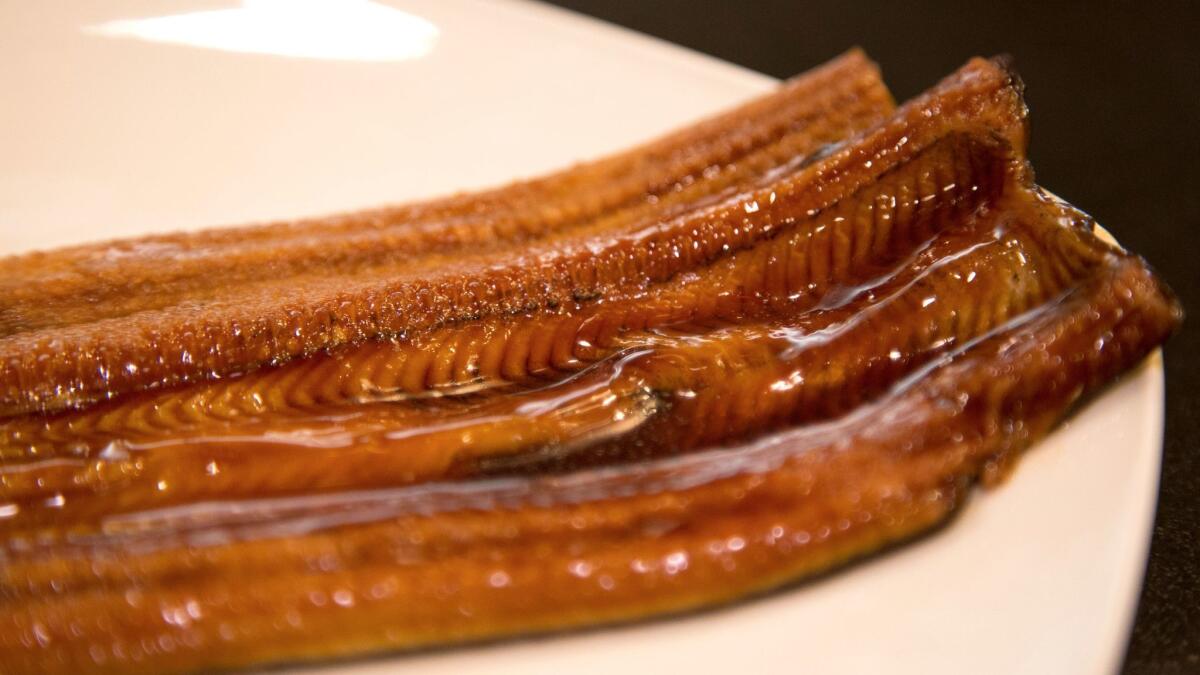
Once incredibly prolific, the eel harvest has dwindled year after year. Eel are typically taken from rivers and streams when they’re babies and raised on farms, removing an entire generation from the rivers, according to Cimarusti.
“Our appetites … outstrip the natural world’s ability to produce these things,” he said.
And right now, there aren’t any sustainable eel options he can name, which is unfortunate for a chef who says eel is one of his favorite things to eat.
“I don’t eat it anymore,” he said.
Softshell crabs: Yes
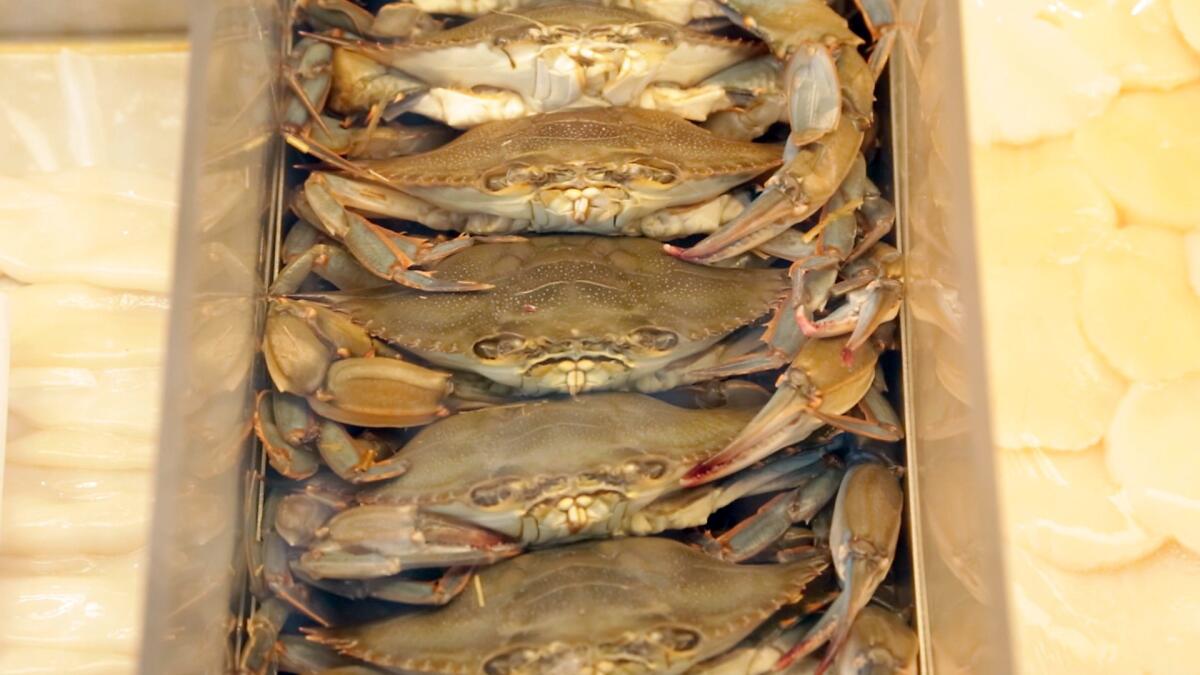
Good news: These highly prized crabs are available all over the country and are being harvested at a sustainable level.
“A softshell just simply floured and pan-fried in a skillet is one of life’s great pleasures, really,” Cimarusti said. “They’re absolutely delicious.”
Pacific rock fish: These are plentiful
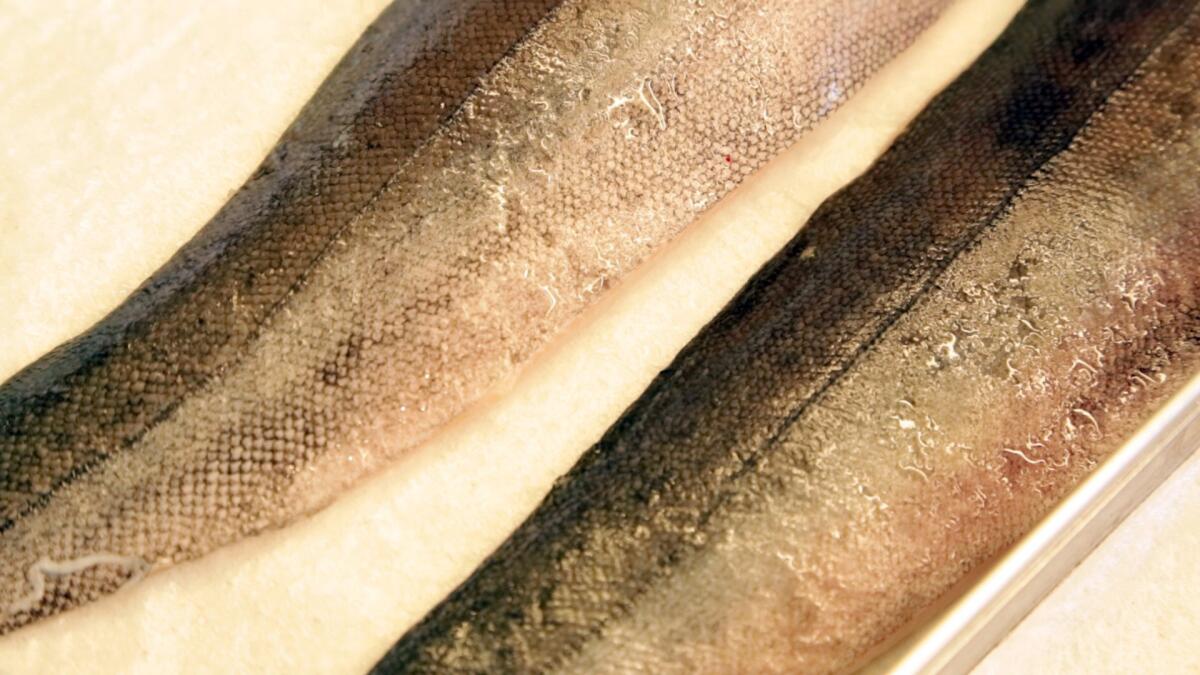
This is another success story: In the early 2000s, Pacific rock fish populations were near collapse because of overfishing. But after more than a decade of protective regulations, the populations have rebounded.
This group includes 14 cod species, including thorny, vermillion rock, black cod, ling cod and more.
“Again, that’s another success story where regulation really saved a fishery,” Cimarusti said.
Most farm-raised yellowtail: Avoid
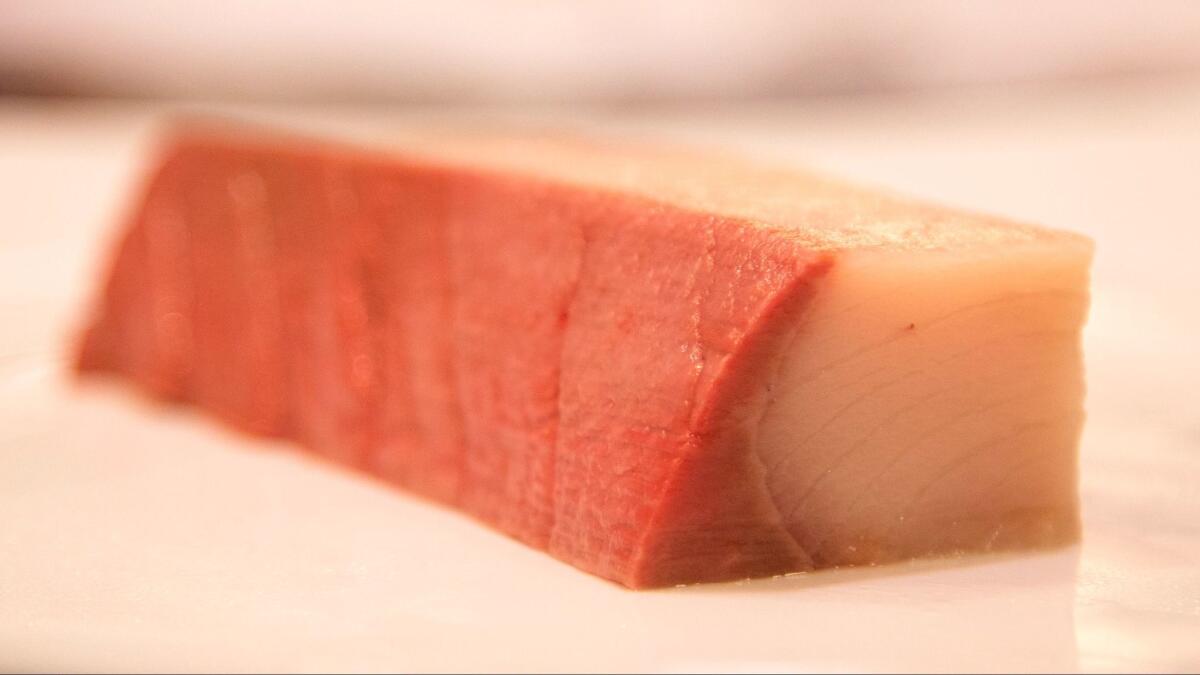
The sushi boom has created a huge demand for fish like yellowtail. You can even buy it in sushi form at Ralphs — but that was “never meant to be,” Cimarusti said.
Like many other fish, there’s a problem with people farm-raising yellowtail in ways that aren’t sustainable, and it has to do with things like density and feed.
Look for wild yellowtail when you can — those are in the clear. But avoid farm-raised yellowtail and “you’d be doing the environment a favor,” Cimarusti said.
Plus, like salmon, the flavor just isn’t quite right when it’s farm-raised.
“They do everything they can to get as much fat into those animals by feeding them grains and things like that,” he said.
Swordfish: All clear
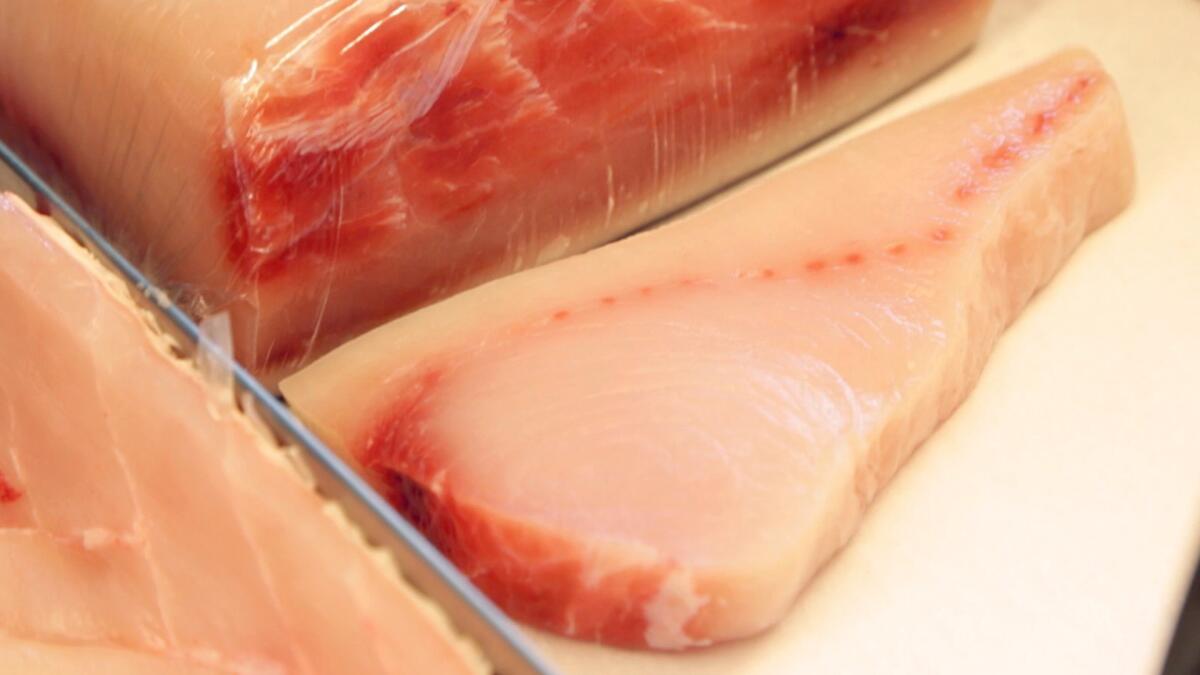
The swordfish population is in a good place. There was a period in the ‘80s when the swordfish population “absolutely collapsed” because of overfishing. But after big efforts to protect the species, including stricter regulation, the fish returned, Cimarusti said.
“There are actually more in the sea than there were before and they’re still being harvested at a sustainable rate,” Cimarusti said. “That’s a success story.
These success stories could be told about the other fish red-listed, he said. And it starts with educating yourself and encouraging family and friends to do the same.
“We have to put our foot down and deny ourselves things that we might otherwise want for a period of time to allow these animals to come back,” Cimarusti said. “And then you can enjoy them with a clear conscience.”
Join Cimarusti, L.A. Times restaurant critic
ALSO:
In Providence’s kitchen: Using the whole fish and talking about preventing food waste
Food Bowl is here. Here’s a cheat sheet on what to do throughout May
What happens when one of the world’s best chefs cleans out your fridge
Eat your way across L.A.
Get our weekly Tasting Notes newsletter for reviews, news and more.
You may occasionally receive promotional content from the Los Angeles Times.








